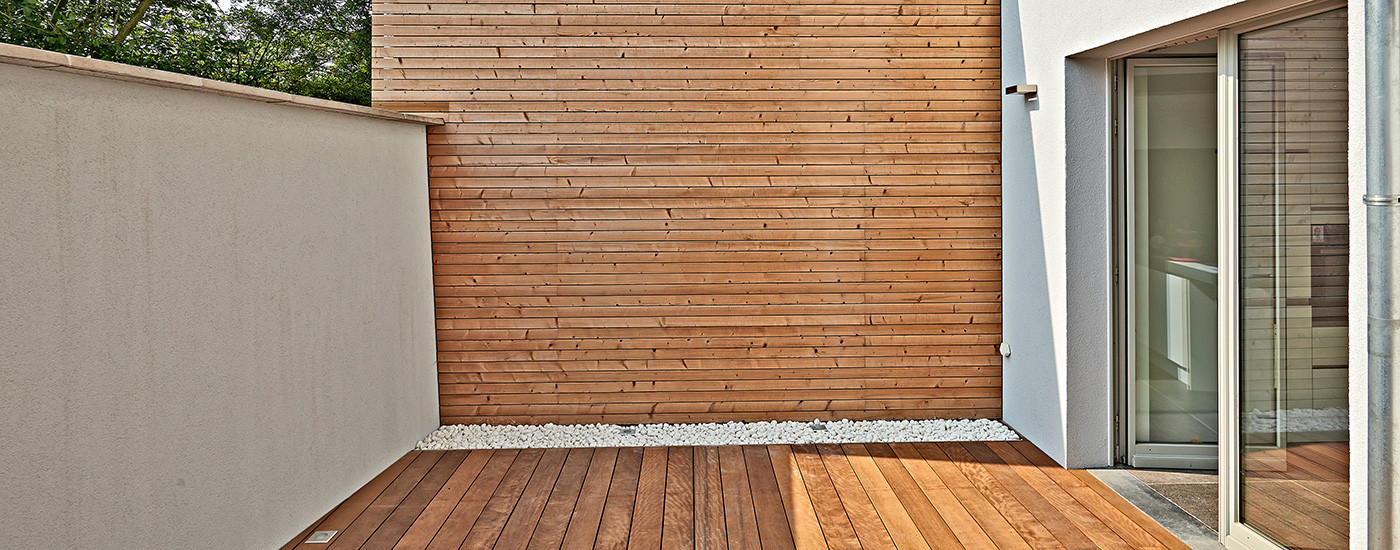Exterior building materials play a crucial role in the construction industry, providing protection, aesthetics, and durability to buildings. From traditional options to innovative solutions, the choices are vast and varied. In this comprehensive guide, we will delve into the realm of exterior building materials, exploring their types, characteristics, and applications. Whether you are a homeowner, architect, or construction professional, this article aims to provide you with valuable insights into the world of exterior building materials.
- Understanding Exterior Building Materials:
Exterior building materials encompass a wide range of products used to cover and protect the outer surfaces of buildings. These materials serve multiple purposes, including weatherproofing, insulation, and enhancing the visual appeal of structures. Common types of exterior building materials include brick, stone, wood, metal, glass, concrete, and composite materials. - Exploring Different Types of Exterior Building Materials:
2.1 Brick and Stone:
Brick and stone have long been favored for their durability and timeless aesthetic appeal. They offer excellent resistance to weathering and can withstand harsh environmental conditions. Additionally, brick and stone provide natural insulation and are available in various colors, textures, and patterns.
2.2 Wood:
Wood is a versatile and sustainable choice for exterior building materials. It offers a warm and natural look, making it popular for residential and commercial projects. However, proper maintenance and protection against moisture and pests are essential to ensure its longevity.
2.3 Metal:
Metal, such as steel and aluminum, is known for its strength, durability, and modern aesthetic. It is commonly used in commercial buildings and contemporary architectural designs. Metal cladding systems provide excellent weather resistance and can be customized to achieve unique designs.
2.4 Glass:
Glass is a versatile material that allows natural light to enter buildings while providing a transparent barrier. It is commonly used in curtain walls, windows, and facades. Advances in glass technology have led to the development of energy-efficient and self-cleaning glass options.
2.5 Concrete:
Concrete is a widely used exterior building material due to its strength, durability, and versatility. It can be molded into various shapes and finishes, offering endless design possibilities. Concrete can be left exposed or combined with other materials for a visually striking appearance.
2.6 Composite Materials:
Composite materials, such as fiber cement, vinyl, and composite wood, are gaining popularity in the construction industry. These materials combine the benefits of different components to offer enhanced durability, low maintenance, and improved insulation properties.
- Factors to Consider When Choosing Exterior Building Materials:
3.1 Climate and Weather Conditions:
The choice of exterior building materials should consider the local climate and weather conditions. Materials that can withstand extreme temperatures, moisture, wind, and UV radiation are essential for long-term performance.
3.2 Aesthetics and Design:
Exterior building materials significantly contribute to the overall aesthetics and design of a building. Consider the architectural style, color palette, and desired visual impact when selecting materials.
3.3 Maintenance and Durability:
The maintenance requirements and lifespan of exterior building materials should align with the project’s budget and long-term goals. Some materials may require regular upkeep, while others offer low-maintenance options.
3.4 Sustainability:
In today’s environmentally conscious world, sustainable building materials are gaining prominence. Consider materials with recycled content, renewable resources, and energy-efficient properties to minimize the environmental impact.
Conclusion:
Choosing the right exterior building materials is a critical decision that impacts the performance, aesthetics, and longevity of a building. By understanding the various types, characteristics, and factors to consider, you can make informed choices that meet your specific requirements. Whether you prioritize durability, energy efficiency, or design versatility, the world of exterior building materials offers a wide array of options to explore.

